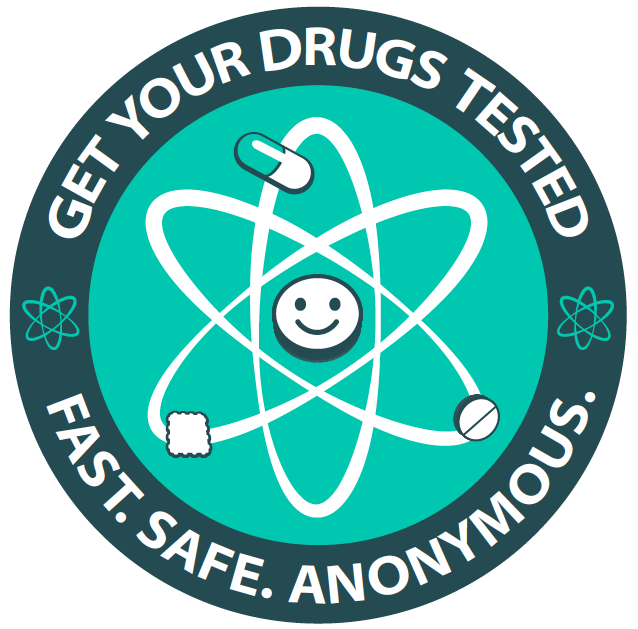Recycling unwanted by-product: a game-changer in methamphetamine production
Previously, when the
d-methamphetamine was separated using tartaric acid, the leftover material containing the
l-isomer was regarded as an unwanted by-product to be discarded. Illustrating the continuous drive to improve efficiency and profits, illicit drug producers in Europe have introduced new methods to reconvert these discarded solutions back to a racemic 50:50 mixture of
d- and
l-methamphetamine, from which the
d-methamphetamine can be separated using tartaric acid. These recycling procedures explain the record quantities of tartaric acid seized in Europe (see Figure
Quantity of tartaric acid seized in Europe).
This process can be repeated several times: each time a fraction with the unwanted l-methamphetamine is produced, it can be reconverted (‘racemised’) back to a mixture and the d-isomer separated until the waste cannot be further recycled. The process, called ‘RRR’ (resolution-racemisation-recycling) (see Figure
Processing of methamphetamine: resolution-racemisation-recycling), is a standard technique used in the pharmaceutical industry to increase production yields of medicines where only one isomer is pharmaceutically active (Astleford and Weigel, 1997). The RRR technique increases the yield of
d-methamphetamine from BMK from 50 % to 75 % after one iteration, up to 87.5 % on the second iteration and 93.75 % by the third. The racemisation of the discarded solutions of
l-methamphetamine is triggered using small amounts of a chemical such as AIBN (or another radical initiator) and a source of thiyl radicals (for example methyl thioglycolate, thioglycolic acid or dimyristyl peroxydicarbonate) (Escoubet et al., 2006; Yerande et al., 2014). AIBN has a low decomposition temperature, can easily ignite and its use presents a risk of explosion (National Center for Biotechnology Information, 2022).
Data reported to the European Commission indicates that in 2020, 327 kilograms of AIBN, 525 kilograms of methyl thioglycolate, 248 kilograms of dimyristyl peroxydicarbonate and 2.5 litres of thioglycolic acid were seized in Europe. Partial data available for 2021 indicate seizures of 19 kilograms of AIBN, 90 kilograms of methyl thioglycolate, 139 kilograms of dimyristyl peroxydicarbonate and 20 litres of thioglycolic acid. All seizures occurred in the Netherlands and some were seized during the dismantling of illicit laboratories. Information reported by Dutch police to the EMCDDA indicates that at least one shipment of 13 kilograms of AIBN in 2021 originated in Mexico. As well as indicating the level of sophistication involved, bearing in mind that these reagents are required in small amounts (relative to the quantity of methamphetamine being treated), the quantities seized provide further evidence of the scale of methamphetamine production using BMK methods in Europe. They also show that combining the expertise of Mexican and Dutch drug producers and applying techniques from the pharmaceutical industry has maximised production efficiency.

www.emcdda.europa.eu

